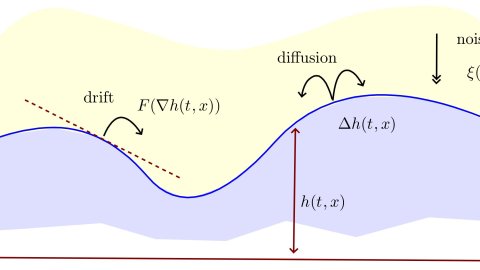Technological Interdependencies Predict Innovation Dynamics
Pichler, A
Lafond, F
Farmer, J
(01 Jan 2020)
In and out of Lockdown: Propagation of Supply and Demand Shocks in a Dynamic Input-Output Model
Pichler, A
Pangallo, M
del Rio-Chanona, R
Lafond, F
Farmer, J
(01 Jan 2021)
Exploiting Nonlinear Recurrence and Fractal Scaling Properties for Voice Disorder Detection
Little, M
McSharry, P
Roberts, S
Costello, D
Moroz, I
(30 Jun 2007)
Nonlinear and Nonparametric Models for Forecasting the US Gross National Product
Arora, S
Little, M
McSharry, P
IEICE Proceeding Series
volume 44
issue C2L-A2
529-532
(01 Sep 2010)
Testing the assumptions of linear prediction analysis in normal vowels
Little, M
McSharry, P
Moroz, I
Roberts, S
(04 Jan 2006)
A glance at evolvability: a theoretical analysis of its role in the evolutionary dynamics of cell populations
Jiménez-Sánchez, J
Ortega-Sabater, C
Maini, P
Pérez-García, V
Lorenzi, T
(09 Feb 2024)
Topology for trees and curves: theory and applications
Beers, D
Optimistix: modular optimisation in JAX and Equinox
Rader, J
Lyons, T
Kidger, P
(15 Feb 2024)
Detecting the Clinical Features of Difficult-to-Treat Depression using Synthetic Data from Large Language Models
Lorge, I
Joyce, D
Taylor, N
Nevado-Holgado, A
Cipriani, A
Kormilitzin, A
(12 Feb 2024)


